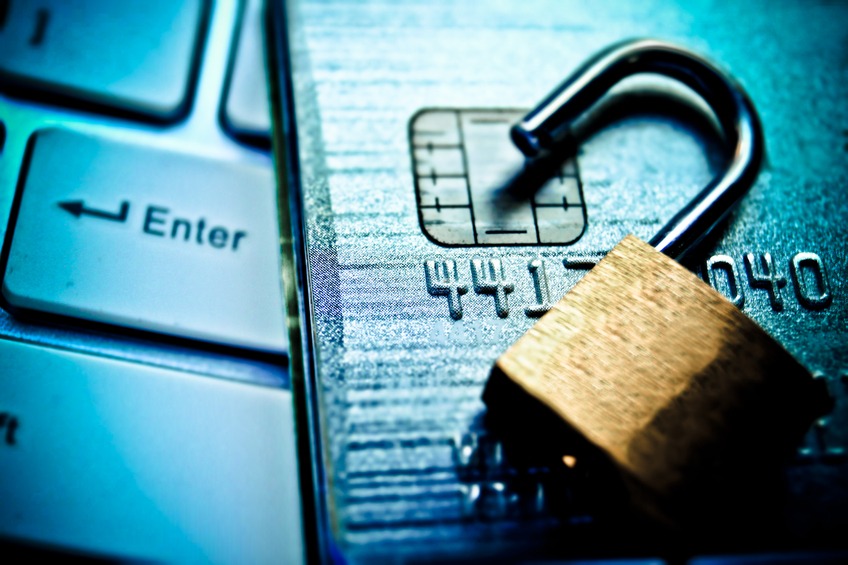You love your small shop and take delight in having things that your customers need. To make things easier for them, you accept electronic payments as well as cash. Most of the time, this works out well for you and for your customers. Now and again, the potential for credit card fraud appears. If you are prepared, it’s easier to avoid being the victim of fraud and finding yourself with a significant charge-back and nothing to show for it other than lost inventory.
Always Ask for Identification
Depending on the type of card terminal you use, the customer may swipe the card to initiate the payment process. At other times, the card is handed to you so that you have to take care of the swipe. With both approaches, there is a point in the transaction when you have the chance to ask for identification.
Any type of picture ID will do. It can be a driver’s license or a state issued picture identification. Your goal is to make sure the image matches the face of the person making the transaction. This one step will go a long way to prevent you from being the victim of credit card fraud.
Inspect the Card
Valid credit cards do have some defining characteristics. This is important, since data thieves may use scanning equipment to harvest credit card details in an attempt to manufacture counterfeit cards. If you are on the lookout for certain physical features, you can tell a fake card from the real deal.
Look closely at the embossing on the card. Is it free of any bubbles or streaks? Is there a three or four-digit verification code on the back of the card, or just to the right of the card number on the front? Many cards today come with holograms on the front, something that is still hard for a scammer to duplicate.
Requiring More Data During the Transaction
Your terminal can be set to ask for additional data that is not found on the card. For example, the system can require the user to key in the zip code associated with the card’s billing address. Some systems can be set up to require the last four digits of the cardholder’s Social Security number. This type of requirement will make it all the more difficult for someone to use a card that they lifted from someone’s wallet or rely solely on card data that was obtained using some sort of scanning equipment.
Prevention of Online Fraud
While all these tips are great for taking care of in-person transactions, what happens when someone makes a purchase at your online store? As part of the checkout process, ensure the user has to enter the complete billing address. The verification code must also be entered. It doesn’t hurt to require the user to enter the complete cardholder’s name as it appears on the card before the transaction will go through. Unless all this information is a perfect match, the system will reject the payment method.
Being on the lookout for possible credit card fraud is not just about protecting your interests. By choosing to implement a series of protections, you are also looking out for consumers who come into your shop. By blocking fraudulent purchase attempts, you do your part to prevent activities that can ruin credit ratings, create months of even years of difficulty for other people, and may even save another merchant from being the victim of fraud.
